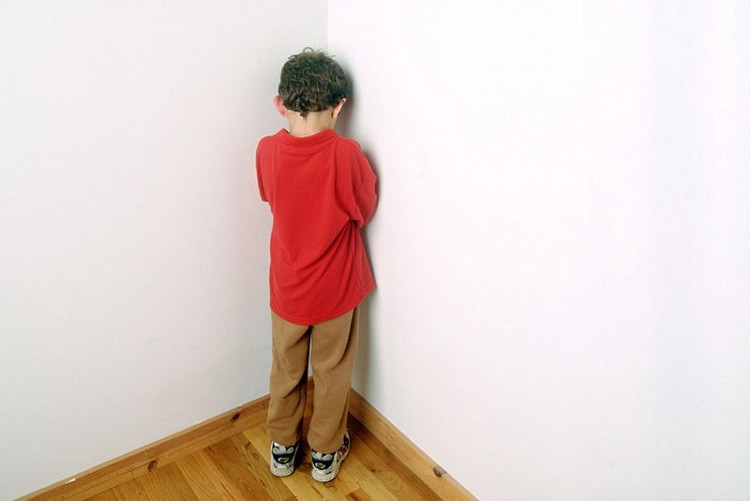Punishing a corner or facing the wall affects the child's brain?
Education experts are challenging the method of teaching children to time-out, teach children not to be violent, such as standing in the corner or facing the wall. Its original meaning is to adopt some way for the children to calm down, think about their behavior.
For many years, this is a way that parents regularly use to educate their children.
However, a recent article in Time magazine said that the "time-out" order of parents would hurt children emotionally, harming their brain development.
Therefore, we need to be aware of the following to make reasonable use of this type of education.
1. New repetitive actions can affect a child's brain

Penalty against the wall is a way parents often use to educate their children.
Therefore, time-out should not be considered the first and only method to teach children.
First, you need to clearly define what purpose you make the children stand for. After understanding this, you find a few other methods to have many options.
2. When you punish corner-stand children, you need to remember the following
Penalties for standing despite being called punishment, but the goal is not to punish the children but to leave the children calm in that situation.
However, some say that 3-year-olds are not aware enough to calm themselves down. So for them to stand in a corner, "isolate" them is to convey a message like this: Only when you do well can you love your parents.
3. Time-out is for kids or for parents?
Experts say that in many cases, time-out brings benefits to parents no less than children.
Sometimes, after you've done everything (bribing, intimidating, ignoring), you feel like you're going to be crazy. Now you have only two tools left: one is shouting at the children, the other is time-out.
- Autism affects the whole brain
- Published a map of human brain
- The camera can look bent over the corner of the wall
- Hypnosis affects brain activity
- The Great Wall is in danger of being seriously damaged
- Corner Shot - gun shot around the corner
- Sleep less affects the brain
- Snoring harms the brain
- 'Unexpected' methods help brain wisdom
- The wall of gum is famous in America
- Will the invention happen to stop the fate of the lights?
- Roll on all kinds of visual illusions that cheat the brain
 Green tea cleans teeth better than mouthwash?
Green tea cleans teeth better than mouthwash? Death kiss: This is why you should not let anyone kiss your baby's lips
Death kiss: This is why you should not let anyone kiss your baby's lips What is salmonellosis?
What is salmonellosis? Caution should be exercised when using aloe vera through eating and drinking
Caution should be exercised when using aloe vera through eating and drinking If you put babies together without anyone teaching them to speak, will a new language emerge?
If you put babies together without anyone teaching them to speak, will a new language emerge?  The concubines, though favored by the king, had no children: An autopsy revealed the truth!
The concubines, though favored by the king, had no children: An autopsy revealed the truth!  How important are micronutrients to the human body?
How important are micronutrients to the human body?  Ancient Handprints on the Qinghai-Tibet Plateau: Unique Evidence of Human Evolution
Ancient Handprints on the Qinghai-Tibet Plateau: Unique Evidence of Human Evolution  Picky eating is genetic, don't blame 'bad children are the mother'
Picky eating is genetic, don't blame 'bad children are the mother'  Teach children 3 ways to escape if left in a car
Teach children 3 ways to escape if left in a car 